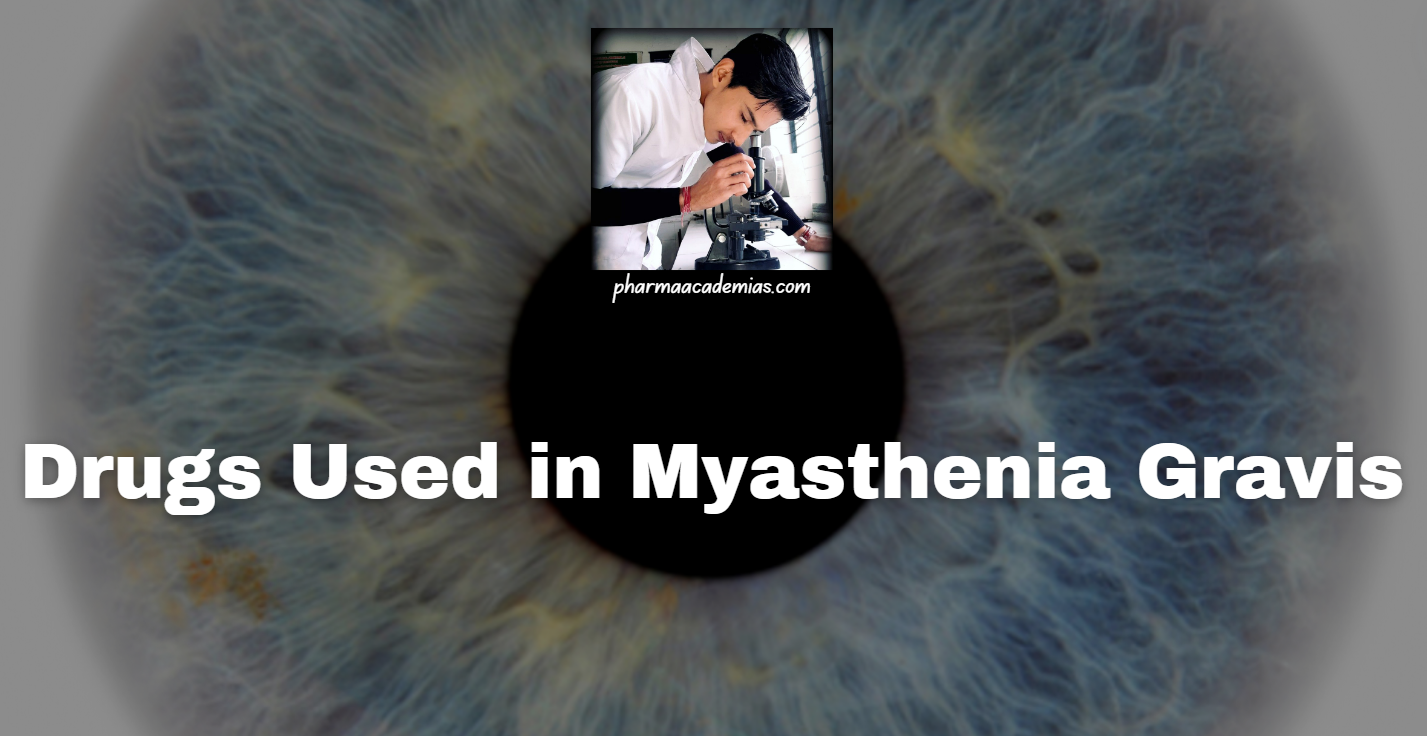Definition: Tetracyclines are a group of broad-spectrum antibiotics that belong to the class of polyketides. They are derived from Streptomyces bacteria and are characterized by a four-ring structure. Tetracyclines exert their antibacterial effects by inhibiting protein synthesis in bacteria, binding to the 30S ribosomal subunit, thereby preventing the attachment of …
“Applied Physiology in Health and Illness” by Ross and Wilson: Unveiling the Essence of Physiology
Greetings, aspiring healthcare champions! Are you ready to embark on a transformative journey through the fascinating realm of physiology? Look no further, because we’ve uncovered the perfect roadmap just for you – “Applied Physiology in Health and Illness” by the renowned Ross and Wilson! Imagine a world where complex scientific …
Drugs Used in Glaucoma
Glaucoma refers to a group of eye disorders characterized by damage to the optic nerve, often associated with increased intraocular pressure (IOP), which can lead to vision loss and blindness if left untreated. Management of glaucoma primarily involves the use of medications aimed at lowering IOP to prevent further damage …
Drugs Used in Myasthenia Gravis
Myasthenia gravis (MG) is an autoimmune neuromuscular disorder characterized by muscle weakness and fatigue, typically resulting from antibodies targeting the acetylcholine receptors (AChR) at the neuromuscular junction. Treatment of MG primarily involves the use of medications aimed at improving neuromuscular transmission and reducing symptoms. Here’s a detailed note covering the …
Local Anesthetic Agents
Local anesthetic agents are medications used to induce reversible loss of sensation in a specific area of the body, without causing loss of consciousness. They are widely employed in various medical procedures to alleviate pain and discomfort. Here’s a detailed note covering their definition, classification, pharmacological actions, doses, indications, and …
Sympatholytics, adrenergic blockers or adrenergic antagonists
Sympatholytics, adrenergic blockers, or adrenergic antagonists Sympatholytics, also known as adrenergic blockers or adrenergic antagonists, are a class of drugs that inhibit the actions of the sympathetic nervous system by blocking adrenergic receptors. These receptors are targets for the neurotransmitters adrenaline (epinephrine) and noradrenaline (norepinephrine), and their activation leads to …
Artificial respiration and resuscitation methods
Artificial respiration and resuscitation methods are life-saving techniques used to restore or maintain breathing and circulation in individuals experiencing respiratory or cardiac arrest. These techniques are crucial for providing immediate assistance until advanced medical care can be administered. 1. Artificial Respiration: Artificial respiration, also known as assisted ventilation, involves providing …
Transport of respiratory gases
The transport of respiratory gases refers to the movement of oxygen (O2) and carbon dioxide (CO2) between the lungs and the tissues via the bloodstream. This process is essential for cellular respiration, where O2 is delivered to tissues for energy production, and CO2, a waste product of metabolism, is removed …
Lung volumes and capacities
Lung volumes and capacities refer to the different measurements used to describe the amount of air in the respiratory system at various stages of the breathing cycle. These measurements provide valuable information about lung function and respiratory mechanics. Here’s a detailed note on lung volumes and capacities: 1. Lung Volumes: …










